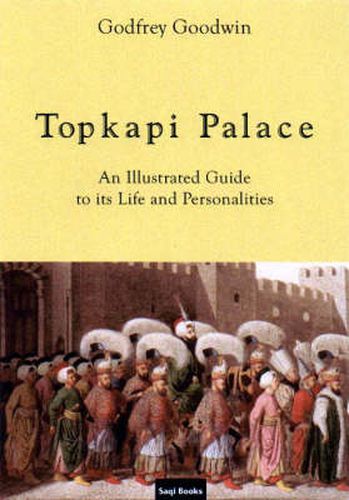Readings Newsletter
Become a Readings Member to make your shopping experience even easier.
Sign in or sign up for free!
You’re not far away from qualifying for FREE standard shipping within Australia
You’ve qualified for FREE standard shipping within Australia
The cart is loading…






This guide to the palace of the Ottoman sultans in Istanbul takes the reader through all the rooms and gardens which are open to the public - and some that are not. It records the changes that the buildings have suffered through fire, earthquakes and the endless fight for space. Treasures, kaftans and furnishings are discussed as is food and drink. We pass through the Middle Gate and leave the horses neighing behind us. We then enter the courts of the sultan, visiting his Harem, his Throne Room or the private gardens and kiosks of his secret world. But above all, the book is about the thousands who lived in the saray and what they did and feared and saw, whether they were viziers, students or women. It is hoped that this will lead to a deeper understanding of this core of Ottoman life and that readers will meet the ghosts of the humblest and the grandest of the multiture: and, not least, that they will imagine the intense silence of the inner courts broken by the caged songbirds and the cry of the peacock.
$9.00 standard shipping within Australia
FREE standard shipping within Australia for orders over $100.00
Express & International shipping calculated at checkout
This guide to the palace of the Ottoman sultans in Istanbul takes the reader through all the rooms and gardens which are open to the public - and some that are not. It records the changes that the buildings have suffered through fire, earthquakes and the endless fight for space. Treasures, kaftans and furnishings are discussed as is food and drink. We pass through the Middle Gate and leave the horses neighing behind us. We then enter the courts of the sultan, visiting his Harem, his Throne Room or the private gardens and kiosks of his secret world. But above all, the book is about the thousands who lived in the saray and what they did and feared and saw, whether they were viziers, students or women. It is hoped that this will lead to a deeper understanding of this core of Ottoman life and that readers will meet the ghosts of the humblest and the grandest of the multiture: and, not least, that they will imagine the intense silence of the inner courts broken by the caged songbirds and the cry of the peacock.